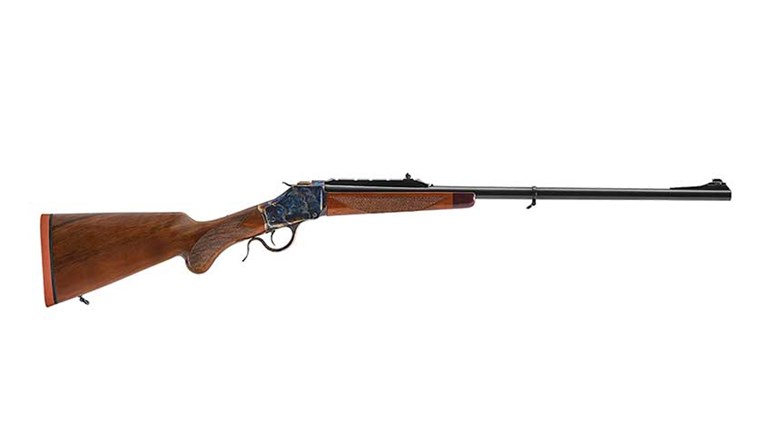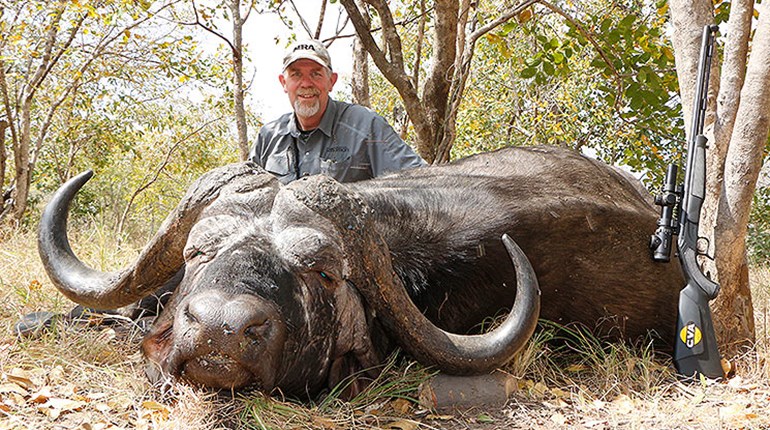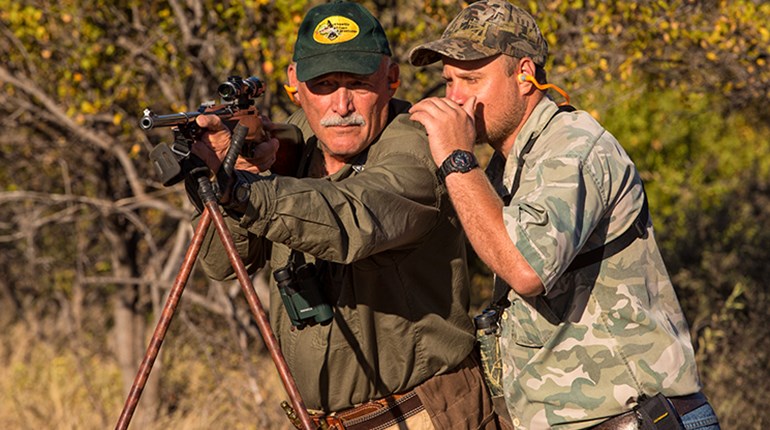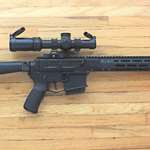By Joyce D. Schaefer, Port Lavaca, Texas
Last year, Field Editor Ron Spomer wrote "Giants Among Men," about an African hunt for the largest antelope of them all—the eland. Well, in April of 2002, while servicing game cameras and filling feeders on our acreage in Duval County, Texas, my late husband and I began an African experience of our own.
The first feeder was demolished. It looked like someone had taken a cudgel to it. The timer was destroyed and the structure badly dented. The second feeder was much the same, with parts scattered over a wide area. The third feeder was actually on the ground about 15 feet away from where it had been anchored. The fourth feeder was intact, so we filled it with corn. We pulled the cameras to view what had happened—nothing. Both cameras had run out too soon.
A few days later we went back with corn and new timers to fix and fill the feeders. Now the fourth one was on the ground in pieces. Again we pulled the camera. It had captured an image, but the subject was too close to the camera to make out what it was. We went home puzzled, yet determined to solve the mystery. We knew of no Brahma cattle nearby, but that was the size of the animal in the picture—a Brahma bull.
We returned with a new feeder, timer and more corn. This time pulling the cameras told us the identity of our culprit: an African eland bull! We told several people in the area this animal was on our place and we would appreciate the owner claiming it, but heard nothing. No one knew its origin. We found it had trampled about a quarter-mile of fencing. Yes, the eland could jump a 6-foot fence, but it seemed that was too much trouble so he simply walked through it.
We decided to hunt this animal. We now had him on camera several times and were learning his routine. He would take his short, heavy horns and jack them through a timer until he tore it off the bottom of the feeder. Then he stood there to feed calmly as the 400 pounds of corn tumbled out. Incidentally, we found out the acacia and huisache in the area are similar to native browse eland enjoy in Africa. So, with water from our pond, feeders that some idiots keep filling with corn and plenty of natural forage, why would an eland go anywhere else?
We returned every three to four days, and hunted the evenings and mornings to no avail. We found spoor but no eland. How could that large of an animal hide so successfully on 280 acres?
On May 24 around 6 p.m., Jack and I were sitting in my 20-foot tower stand eating pretzels and having a cold drink when our quarry finally stepped into view. Jack, with his 7mm-08, and me, with my .30-06, took aim and shot almost simultaneously. The bull dropped. But as Jack started down the ladder, the eland rose. We both shot again, and again the bull went down. Jack had made it to the ground, and I was struggling to get my boots back on when the eland got up again. Jack shot a third time, as I did. Then I scrambled down the ladder and ran down the road only to see the animal get up again. Jack couldn't see the eland, so I circled around through the brush until I was past him. I could see him through the brush and took an off-the-shoulder shot. The animal went down for the last time.
When we got to him the realization struck us. He was huge! What the heck do two elderly people do now? Fortunately our neighbor had a front-end loader. He and two outfitter nephews came over, no doubt laughing to themselves about "those crazy Schaefers" who claimed they'd killed an eland. But their tune changed when they saw the animal and attempted to raise it. With the lift as high as it would go, the shoulders and head were still dragging the ground.
The shots were taken at 368 yards by two amateurs with guns that were obviously not designed for such heavy game. When the animal was skinned, we found that six of the shots had made a pattern behind the left shoulder about 6 inches in diameter. We estimated the weight at 1,800 to 2,000 pounds.
The meat was excellent and reminded me of aged beef. We split the carcass with the neighbor and enjoyed eland for the rest of the year. His horns measured spirally at 30 inches. Certainly not a trophy for a professional big-game hunter, but as we're the only kids on the block with one, I'd say it's not too shabby.
I lost Jack to bone cancer in June of 2009. Though my heart is not in it anymore, I remember the great times we had hunting, and I still go.
Do you have an exciting, unusual or humorous hunting experience to share?
Send your story (800 words or less) to [email protected] or to American Hunter, Dept. MH, 11250 Waples Mill Road, Fairfax, VA. 22030-9400. Please include your NRA ID number. Good quality photos are welcome. Make sure you have permission to use the material. Authors will not be paid, and manuscripts and photos will not be returned. All material becomes the property of NRA.




































